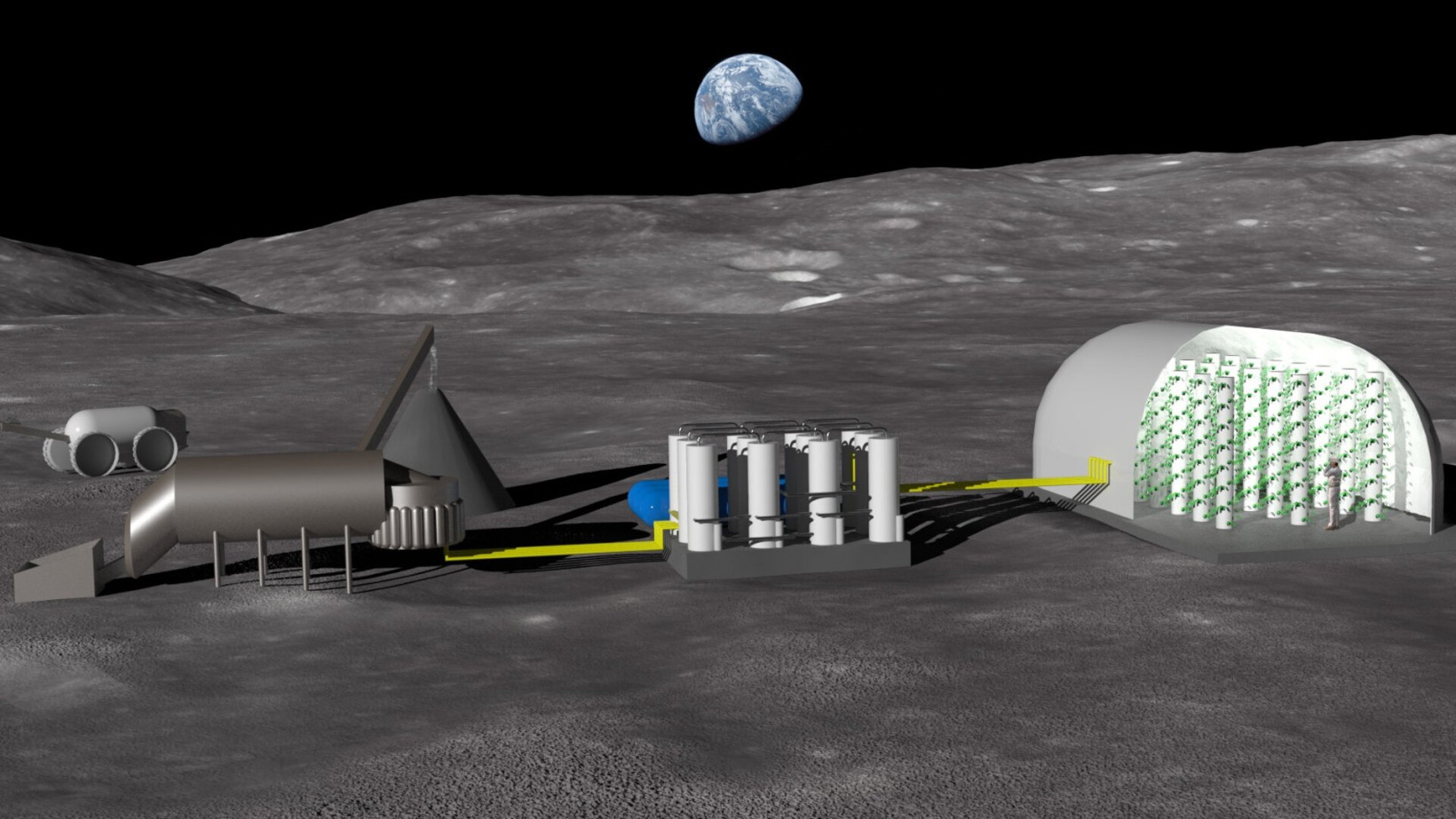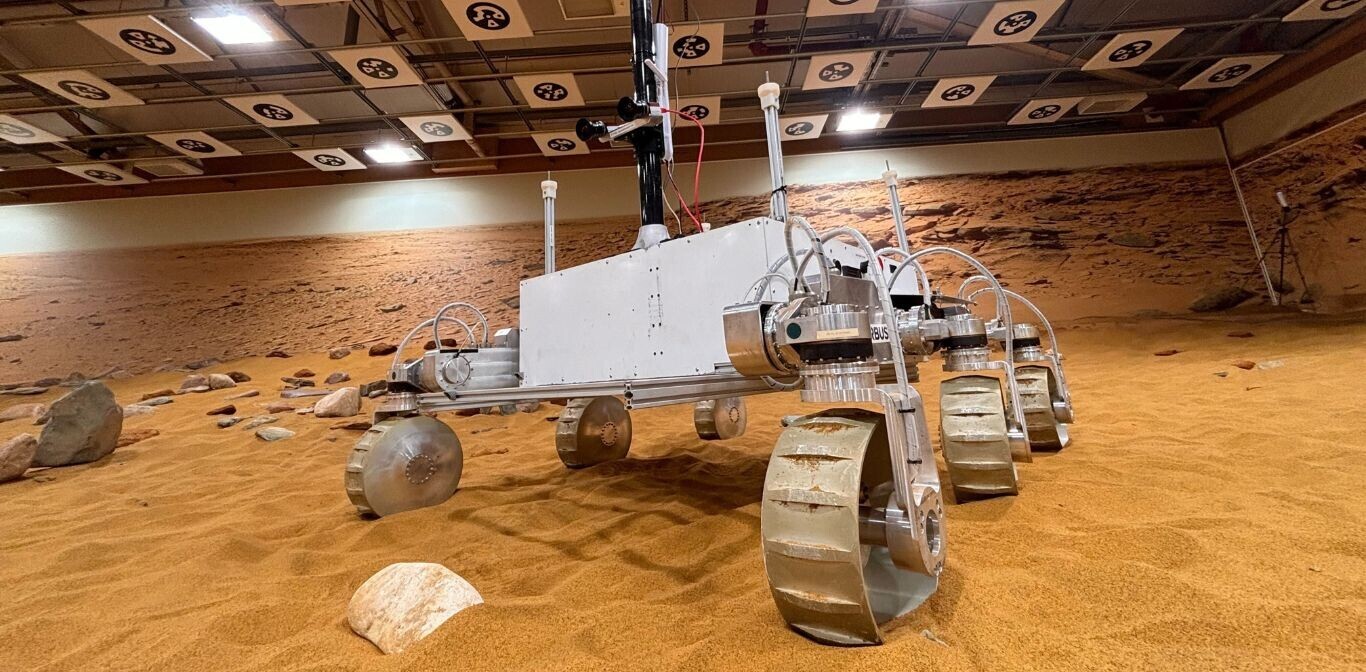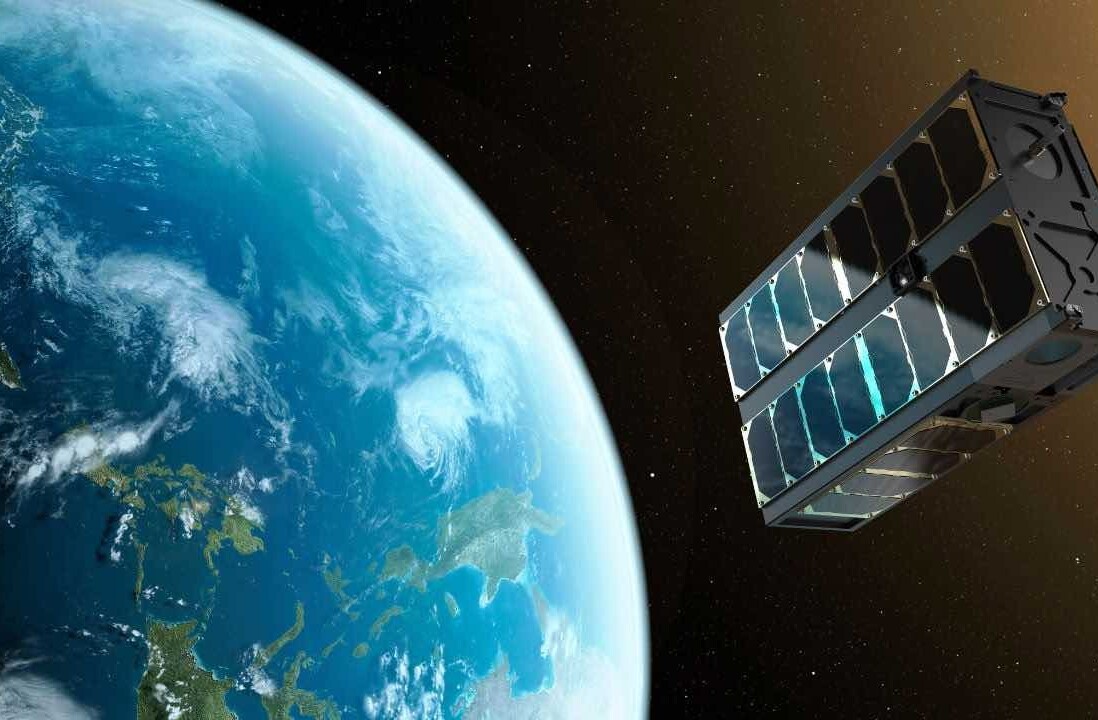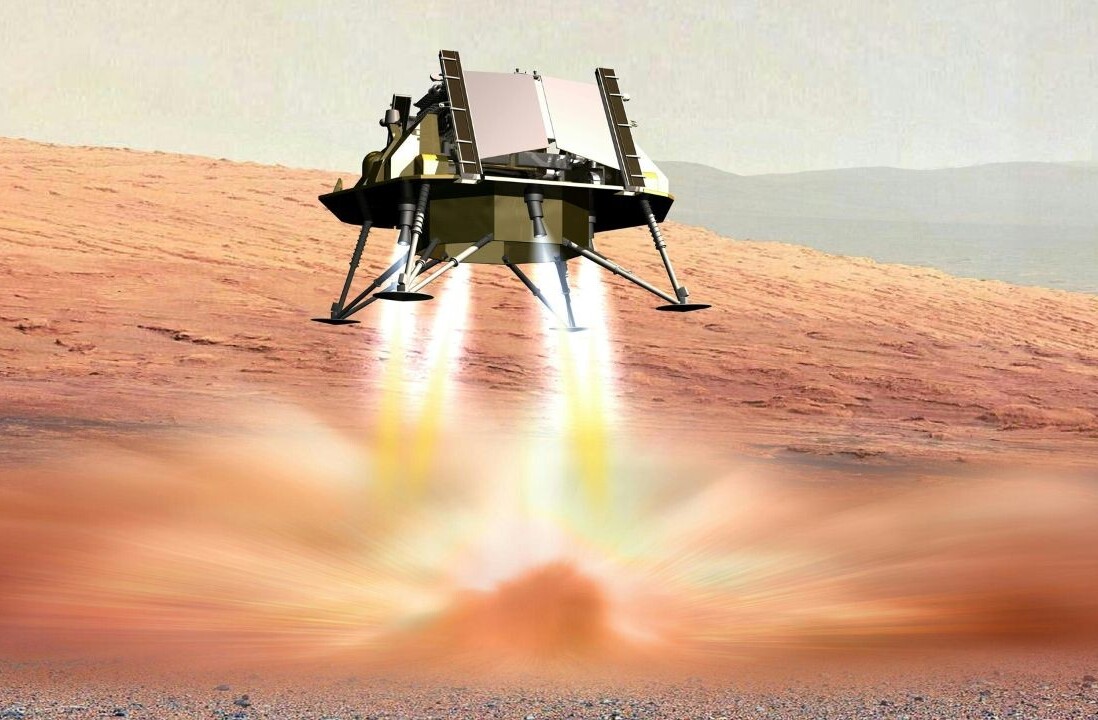
With the goal of establishing a long-term presence on the Moon, the European Space Agency (ESA) is working on a new project that will help determine the feasibility of growing plants on the lunar surface. Led by Norway’s Solsys Mining, the project will seek to develop a method for converting lunar soil into fertiliser for use in hydroponic farming.
The study builds on previous research on lunar soil samples. While lunar soil, also known as regolith, is rich in most nutrients necessary for plant growth, it compacts in the presence of water, making it problematic for seeds to establish healthy root systems.
Hydroponics bypasses this challenge as it allows roots to be directly cultivated in nutrient-rich water instead of soil. But to ensure that the water used in the hydroponic system is nutritious, the ESA and Solsys Mining will have to create a method that extracts nutrients from regolith, concentrating the valuable elements before use, and removing the undesirable ones.
This would require three steps, as illustrated below. Firstly, regolith would be pulled through a mechanical sorting area. Then, nutrients would be extracted by a processing plant, before being dissolved into water and pumped into a greenhouse for hydroponic farming.

The Solsys Mining team is optimistic, having already grown beans using simulated lunar highland regolith as a nutrient source.
“This work is essential for future long-term lunar exploration,” Malgorzata Holynska, Materials and Processes Engineer at ESA, said. “Achieving a sustainable presence on the Moon will involve using local resources and gaining access to nutrients present in lunar regolith with the potential to help cultivate plants. The current study represents a proof of principle using available lunar regolith simulants, opening the way to more detailed research in future.”
To realise this study, the ESA and Solsys Mining have teamed up with Norway’s Geotechnical Institute (NGI) and the Centre for Interdisciplinary Research in Space (CIRiS). The project was launched in December 2022 and is expected to run for a full year. It’s being funded by the Discovery branch of ESA’s Basic Activities.
Get the TNW newsletter
Get the most important tech news in your inbox each week.




